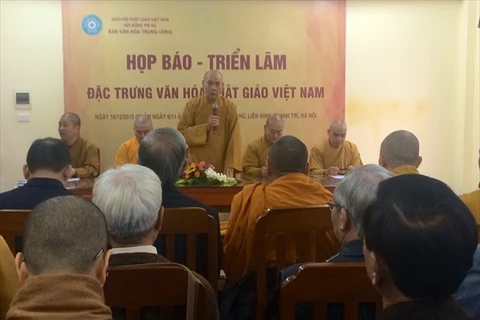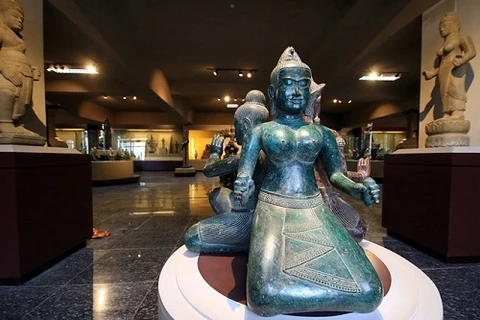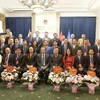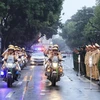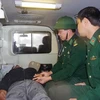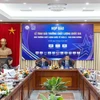Hanoi (VNA) – President of the Vietnam Fatherland Front (VFF) Central Committee Nguyen Thien Nhan on February 1 visited Most Venerable Thich Pho Tue, Supreme Patriarch of the Vietnam Buddhist Sangha (VBS), and other Buddhist dignitaries ahead of the Lunar New Year (Tet) holiday.
At the meeting at Vien Minh Pagoda in Hanoi ’s Phu Xuyen district, Nhan wished the Most Venerable good health to continue leading the VBS, contributing to national development.
The VBS has been an active member of the VFF, the Fatherland Front leader said.
He recalled the national conference on religions’ role in environmental protection and climate change response in December. Forty religious organisations from 14 religions signed a cooperative programme on environmental protection with the VFF, and the Ministry of Natural Resources and Environment.
Buddhism is an important player in the campaign, Nhan stressed, noting his hope that the VBS will make more contributions to building the national great unity bloc.
Most Venerable Thich Pho Tue extended wishes for a happy and prosperous New Year to members of the VFF’s Standing Committee.
According to a survey conducted in 2009, Buddhism constitutes the largest religious community in Vietnam with more than 6.8 million followers and almost 15,000 temples, monasteries and other places of worship.-VNA

